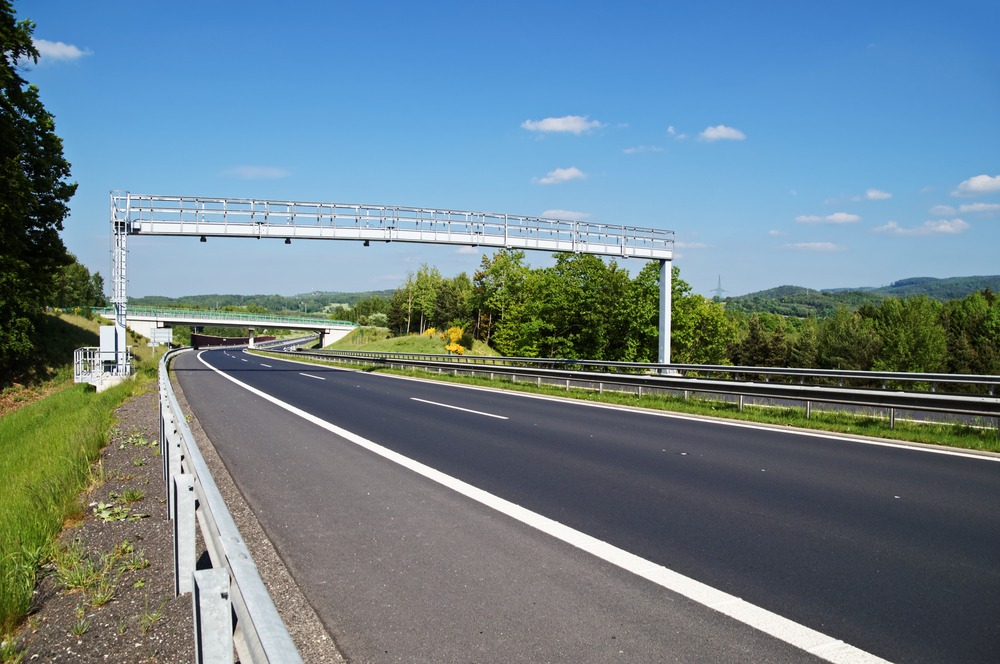
A year after the Massachusetts Department of Transportation (MassDoT) transitioned to electronic tolling on Interstate 90, the average rush-hour commute is approximately 10 minutes shorter, and month-to-month tolling revenues remain steady, according to a report delivered on Monday.
The report, which was delivered to the MassDOT Board of Directors, also highlighted that most former toll plaza locations along the interstate have been demolished, and roadways have been reconstructed to achieve “full beneficial use” for the public.
“We set ambitious goals for all electronic tolling (AET) and have realized many important accomplishments,” MassDOT Secretary and CEO Stephanie Pollack said. “In one year’s time, we have transitioned from manual to electronic toll collections, taking down toll plazas at 23 locations, rebuilding roadways where toll plazas once stood, realizing travel time savings for drivers during a period when traffic volume in some areas has been slightly higher than a year ago, and meeting financial targets, including, making sure tolls were ‘revenue neutral’ and making sure that the total number of delinquent payments would not be higher.”
The Massachusetts DOT reported that use of E-ZPass increased from 79.7 percent in 2016 to 86 percent after the transition to AET. Overall, 601,000 transponders have been issued since the transition in October 2016, and there are now more than 3.4 million transponders connected to 2 million active accounts.
“We have met these goals and have also started to realize the long-term benefits of all electronic tolling such as reduced congestion, fewer harmful environmental emissions and increased safety,” Pollack said.